Sunday Mancini recreates Kinkade’s signature, kitschy cottages—with the help of AI.
Thomas Kinkade has been in my heart lately—as aspirational (I’m trying to recreate the cottage feeling in my own house), as nostalgic (remember going to the mall and getting a painting with some loose specks of paint over a print?), and as strangely contemporary (I now spend all of my time making Thomas Kinkade recreations using AI).
My mom once dragged me to a convention center in SoCal to meet Kinkade and have a painting signed. Dragged, because I was around fifteen and humiliated by my own body and also everyone else’s body. Someone took a photo of all three of us, lost in time, and I made an unhappy teenage joke about it (“Look… it’s ME”). I remember he had a beard, dyed, and he wore a blue shirt tucked into his pants: “the Painter of Light.”
Dragged, because I was around fifteen and humiliated by my own body and also everyone else’s body.
Everyone in America has a Thomas Kinkade memory. They sold them at state fairs, in malls, with traveling events. They appealed to the masses in a way most art simply does not: wholesome, comforting, soft, nostalgic. Close your eyes and you can see a lamp post, a mountain, twilight, warm cottage windows, maybe snow. Do you imagine the snowy variation or the summer woods? Do you see Christmas lights, Disney characters, an old fashioned American town, unpaved roads?
AI has an upsettingly easy time recreating Kinkades. Here’s one that I made using the prompt a thomas Kinkade painting of a quaint house covered in snow christmas lights warm candles in the window a large forest.
Look at the funny little fake signature at the bottom! Don’t you want to cross that risky log bridge and find bliss in this massively Christmas-imbued house? Aside from the signature, questions arise: what are the bug antennae coming out of the chimney? How are the lights plugged into that tree in the foreground, across the creek?
These questions plague authentic Kinkades, too. Where are the power lines, telephone wires, plastic outdoor sheds? You have the answer in your heart: we collectively agree that modernity looks like crap.
Each of these pieces combine over and over, like shared common ingredients in a charming little soup.
AI is great at Kinkade because Kinkade himself was AI—a repetition of theme, feeling, sky color, cottage exterior. Each of these pieces combine over and over, like shared common ingredients in a charming little soup. The mark of effectiveness is our ability, and AI’s ability, to think of a Kinkade painting in one’s mind without remembering a particular referent. Other artists have this distinction, like Haring, Monet, and Kusama, but only one was sold next to fried butter and shirts that say “I’m With Stupid.”
We expect consistency in our clothing designers, our chain restaurants, and our A24 movies. And yet, the critiques of Kinkade (mass produced, overpriced, used sneaky sell tactics like “limited edition”) created a retroactive label of “kitsch” or bad taste. I’m a bit doubtful of this, but the Kinkade Company claims that at one point, 1 in every 20 American homes owned a Kinkade. Broad appeal generally becomes bad appeal, fad appeal.
Broad appeal generally becomes bad appeal, fad appeal.
I love this 2009 A.V. Club quote from Nathan Rabin, describing Kinkade as “a maudlin, sickeningly sentimental vision of a world where everything is as soothing as a warm cup of hot chocolate with marshmallows on a cold December day."
Kinkade is all of that—and a deeply strange addition to American consumerism. But I ask: whomst among you does not like to look at a cottage and pretend you live there? Or even better: look at several cottages and pick which one you would live in, and then fight about it with your sister.
AI uses algorithms (ghosts) and data (spirits) to create an output that is an amalgamation of everything. This is why it’s so moving to create the following images using Midjourney AI and the prompt: a thomas kinkade painting of a cottage in the woods with mountains in the back in the evening chimney smoke water warm colors.
Doesn’t it make you feel like he’s back somehow, making cottages again? It’s incredibly scary and somewhat heartwarming at the same time. Here are all the elements he worked on by hand, put together in a new way. Isn’t that sort of nice but also you want to vomit? Isn’t that his whole thing, anyways? 🎄
COTTAGE-CORE
 | Dec 15, 2023 The more cords, the better. |
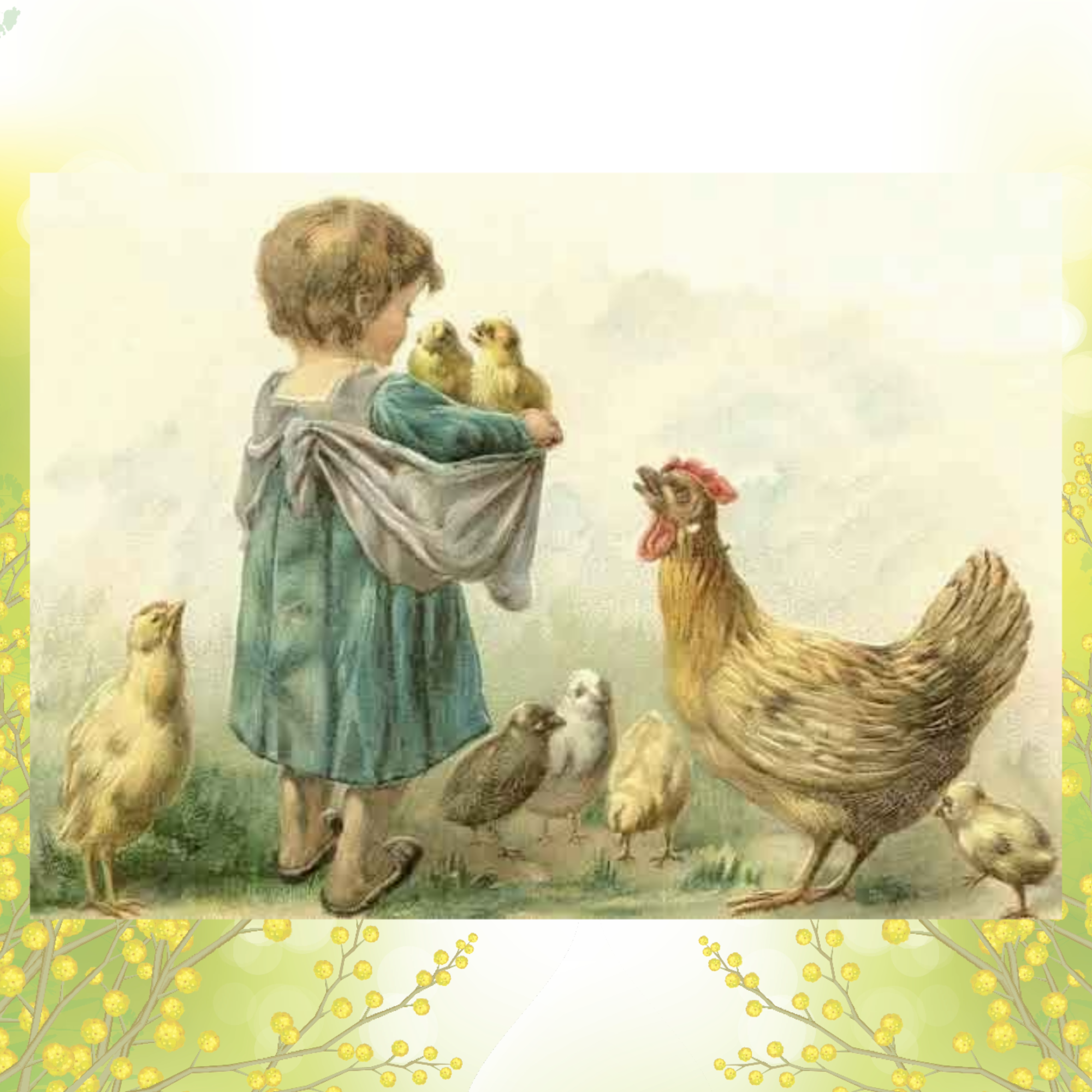 | Sep 27, 2023 The pros of outside pets. |
|
DIRT ON AI
| 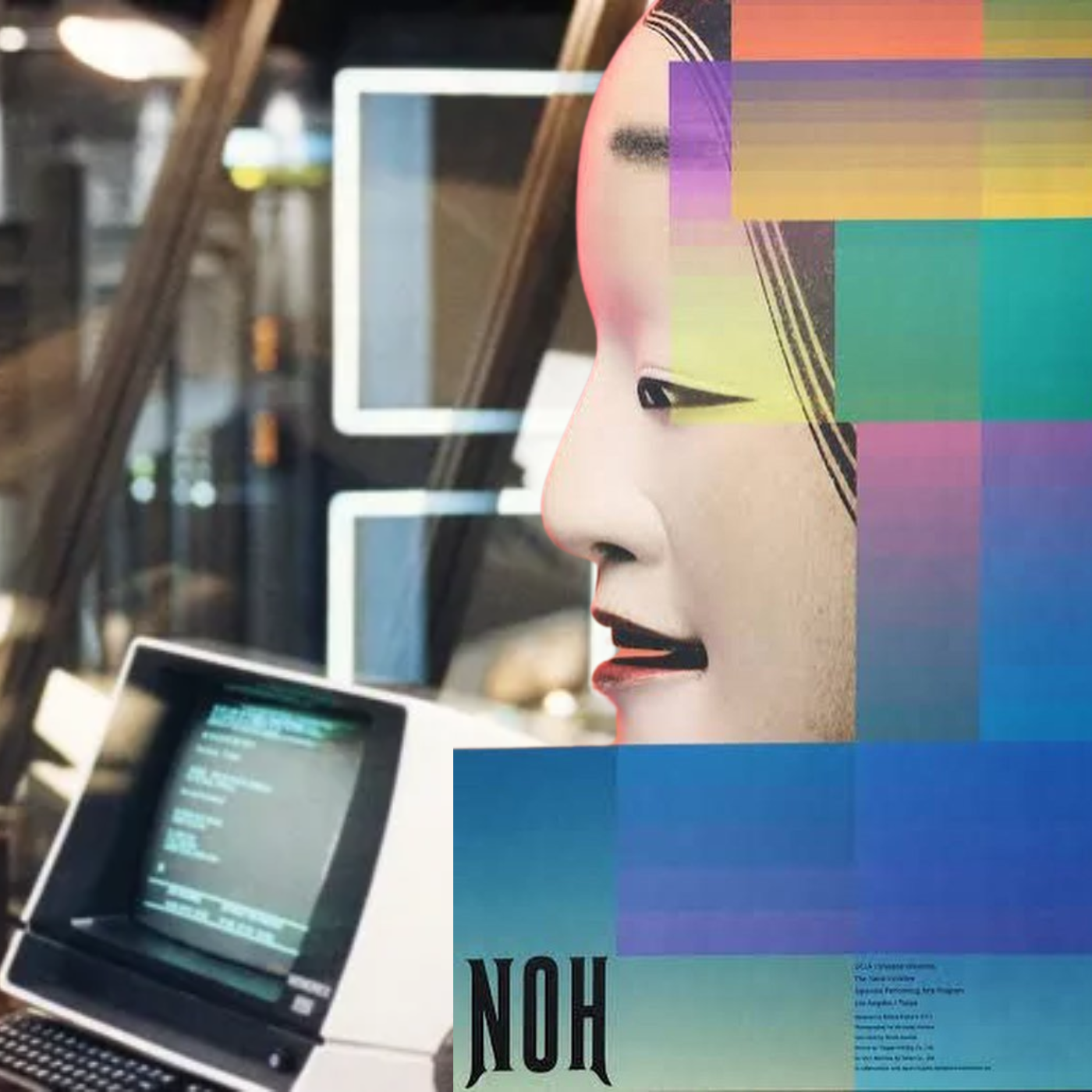 | Aug 2, 2024 |
|
|  | Sep 22, 2023 |
|
| 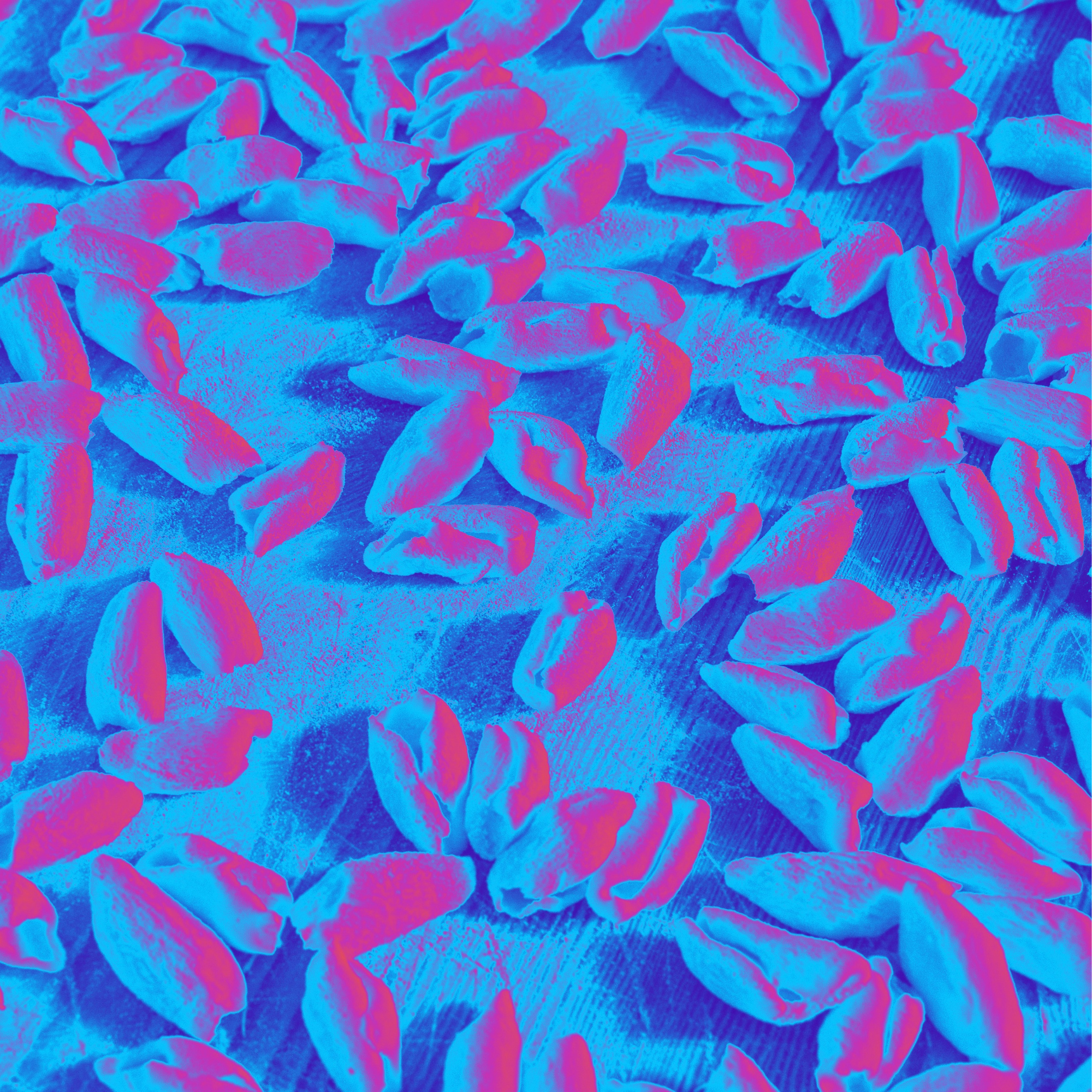 | Aug 30, 2023 |
|
| 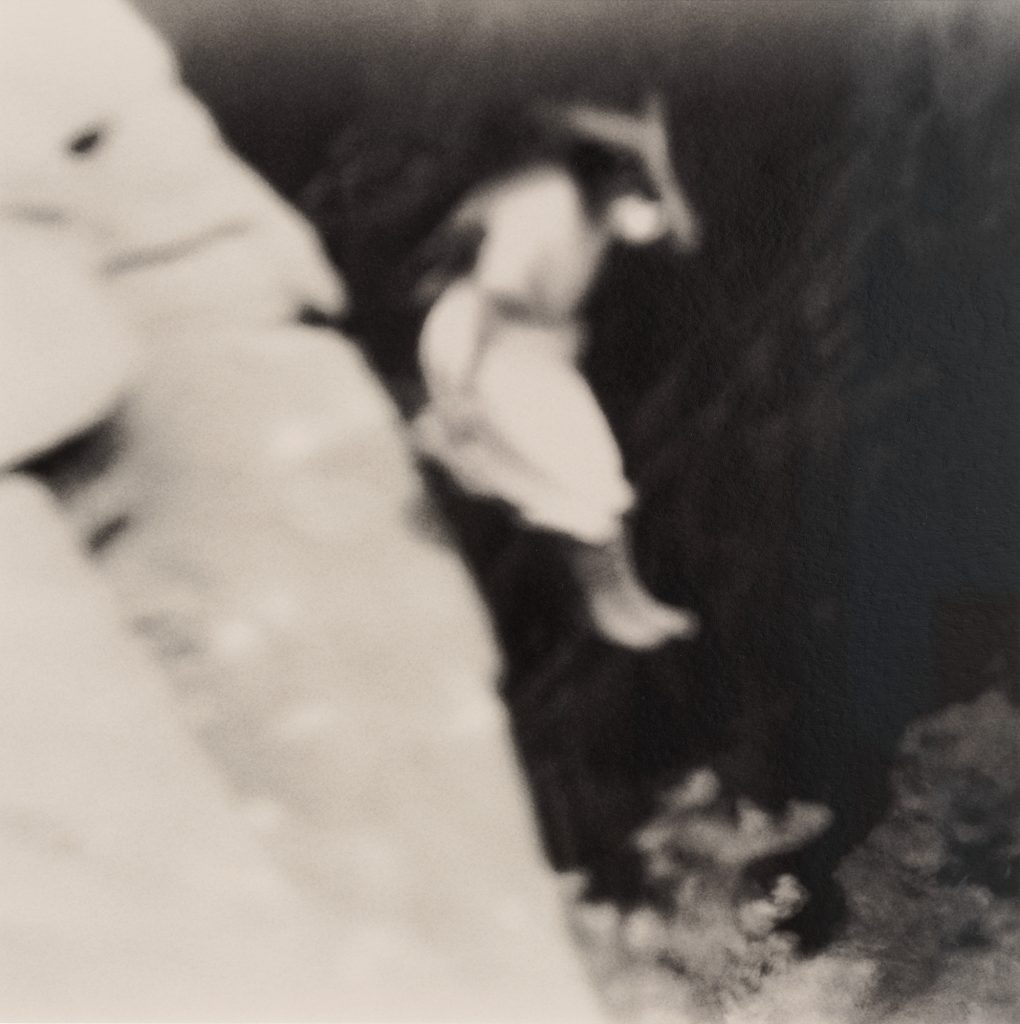 | Apr 11, 2023 |
|
| 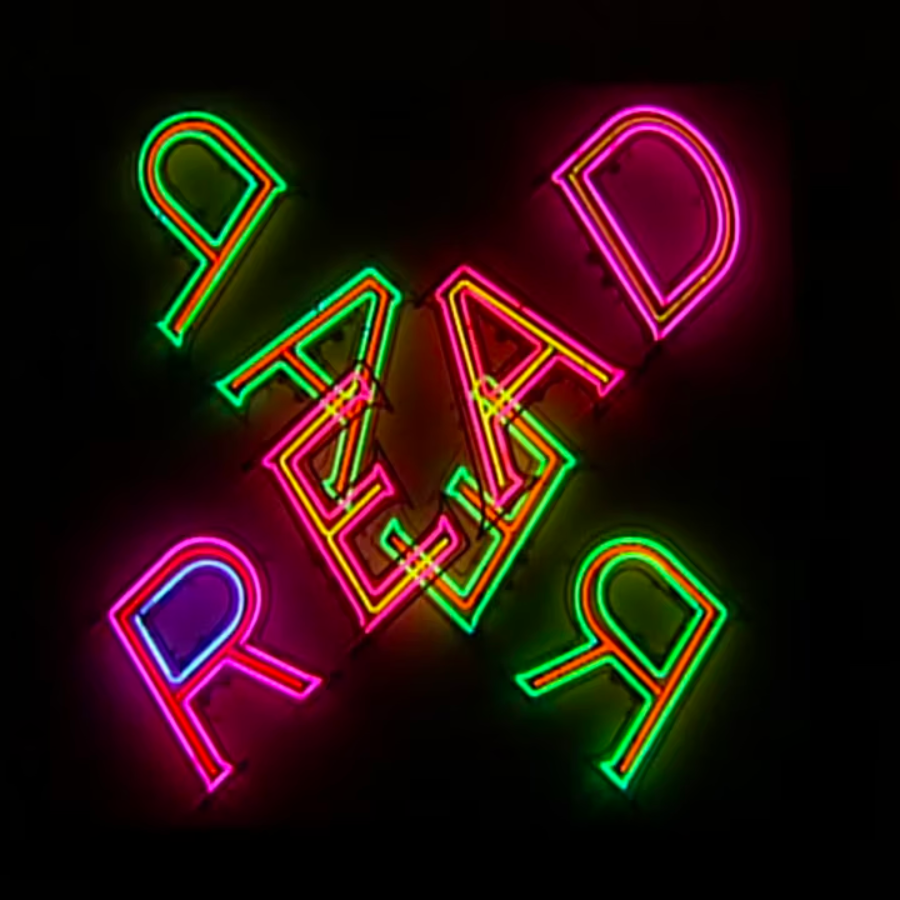 | May 5, 2023 |
|
|  | Apr 28, 2023 |
|
|  | Feb 1, 2023 |
|
| 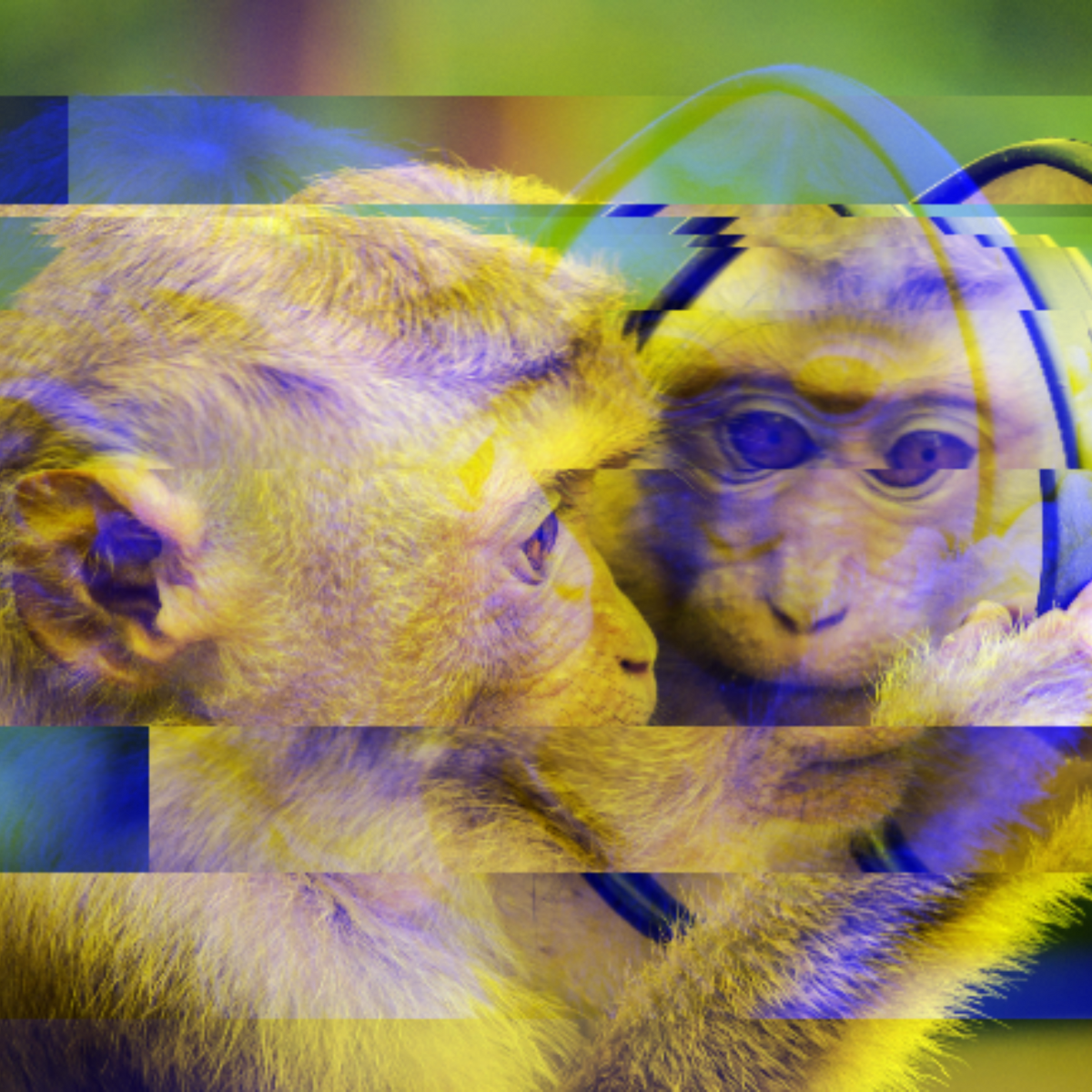 | Jan 12, 2023 |
|














